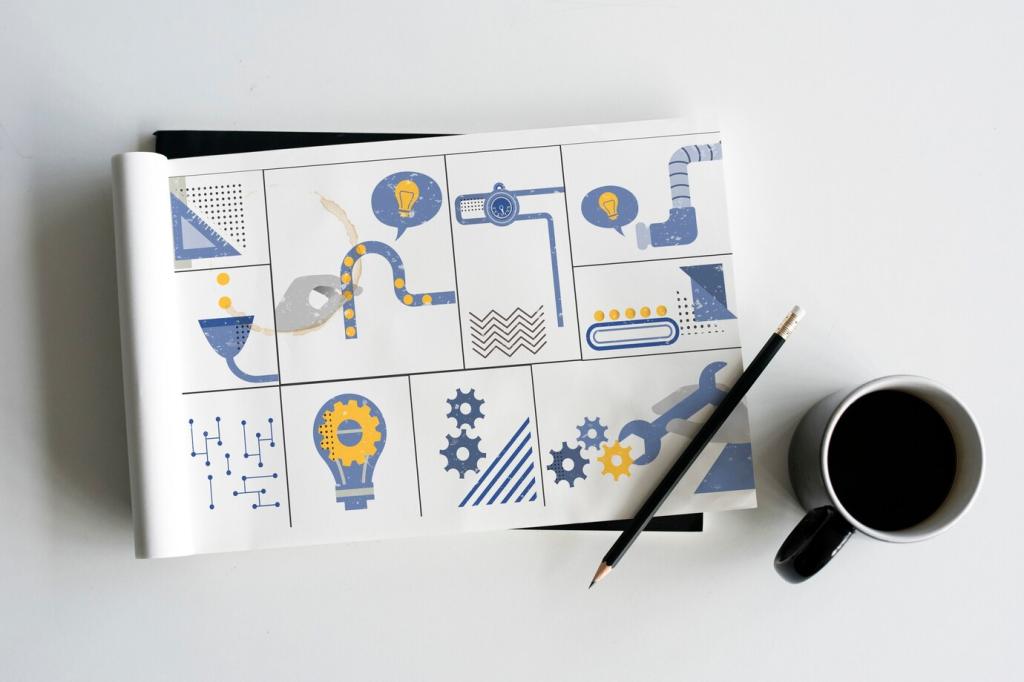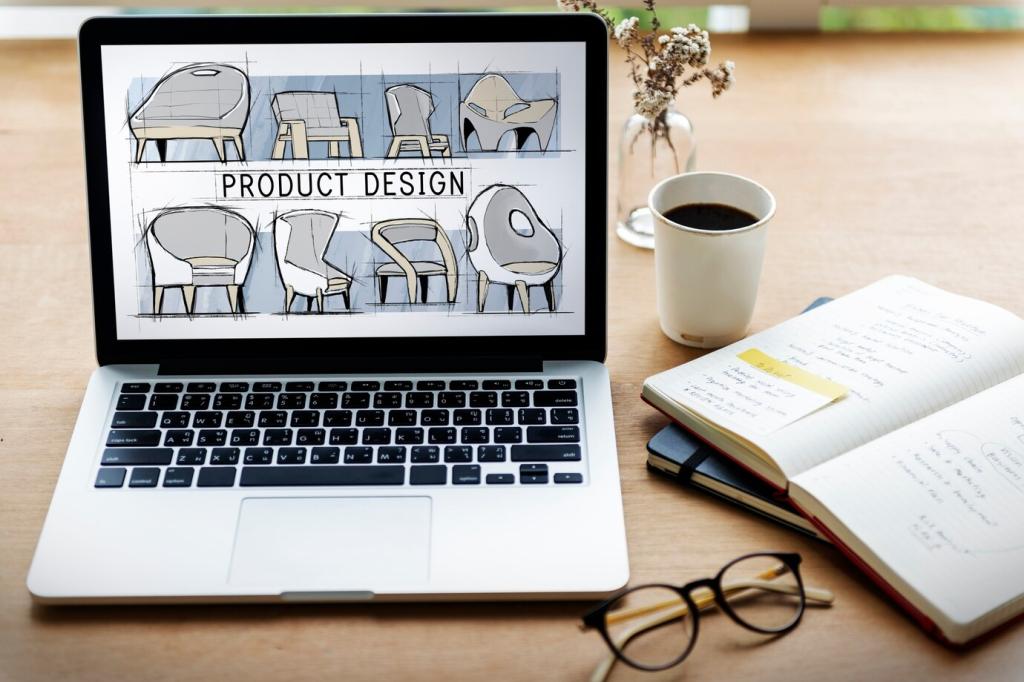
Mobile UI Patterns: Best Practices
Chosen theme: Mobile UI Patterns: Best Practices. Welcome to a friendly, practical deep dive into patterns that make mobile apps feel effortless, human, and delightfully predictable. Explore real examples, field-tested tips, and stories that help you design flows people love. Share your go-to pattern and subscribe for weekly pattern breakdowns.
Bottom navigation shines because it lives in the comfortable thumb zone, especially on larger phones. Respect Fitts’s Law with generous 44–48dp tap targets and clear labels. If you’ve ever watched a commuter juggling coffee and phone, you know reachability isn’t a theory—tell us how you design for one‑hand use.
Navigation Patterns That Flow With Thumbs

Form and Input Patterns That Reduce Friction
Trigger numeric, email, or phone keyboards based on field type to reduce errors. Input masks guide format without fighting the user’s habits. A practical tip: auto-advance between small fields like OTP codes. What mask rules do you swear by? Share your snippet and help someone ship faster.
Form and Input Patterns That Reduce Friction
Validate as users type and pair errors with concise microcopy near the field. Avoid red walls after submission; it feels punitive. Instead, celebrate progress with subtle checkmarks. We once halved abandonment by clarifying password rules upfront. What single line of microcopy saved your funnel? Tell the community.
Form and Input Patterns That Reduce Friction
Single‑column forms scan faster than multi-column layouts on narrow screens. Chunk long flows into bite‑sized steps with a clear progress indicator. Keep primary actions sticky and visible. Have you tried breaking a six‑step checkout into two? Report back with completion rates and subscribe for our teardown.


Gestures, Feedback, and Microinteractions
Hide power features behind gestures only if you also show a hint: a nudge animation, a swipe affordance, or a subtle tooltip. Always provide an alternative button. In user tests, a gentle ‘pull to refresh’ hint increased feature usage dramatically. What tasteful hints have you shipped? Share examples below.
Gestures, Feedback, and Microinteractions
Motion should communicate state and hierarchy, not distract. Use 150–300ms for most transitions and ease-in-out curves to feel natural. Animate from the point of origin to reinforce spatial relationships. Have a favorite motion spec? Post a link and tell us how it improved comprehension for your users.
Cards That Communicate Hierarchy
Cards shine for modular content with clear grouping. Prioritize thumbnail, title, and a single primary action. Avoid overloading each card with icons. A news app simplified its cards and increased article opens significantly. What’s your card hierarchy recipe? Share your layout and subscribe for our UI pattern gallery.
Lists That Respect Scannability and Accessibility
Use consistent row heights, strong left alignment, and enough contrast for quick scanning. Ensure accessible labels for assistive tech, including dynamic content. Sticky section headers help orientation. Which list tweak reduced bounce for you—bolder titles or better spacing? Tell us and help others iterate wisely.
Progressive Loading and Skeleton Screens
Load content progressively with lightweight placeholders, not spinners that feel endless. Skeleton screens reassure users that the app is working. Prioritize above‑the‑fold items first. Have you measured perceived performance improvements from skeletons? Share your numbers and inspire smarter loading strategies here.

This is the heading
Lorem ipsum dolor sit amet, consectetur adipiscing elit. Ut elit tellus, luctus nec ullamcorper mattis, pulvinar dapibus leo.

This is the heading
Lorem ipsum dolor sit amet, consectetur adipiscing elit. Ut elit tellus, luctus nec ullamcorper mattis, pulvinar dapibus leo.
